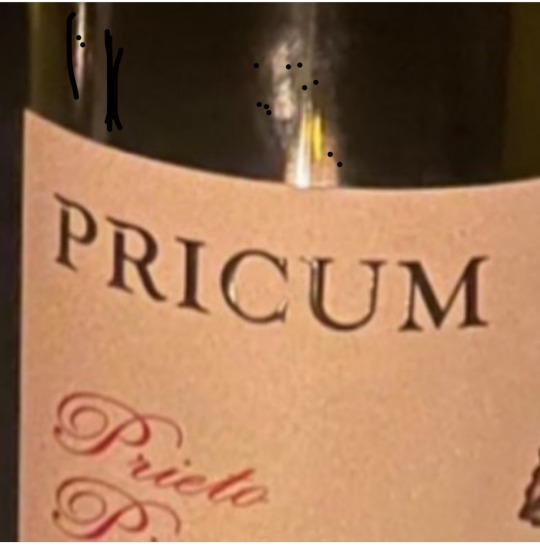#cuisine
Text

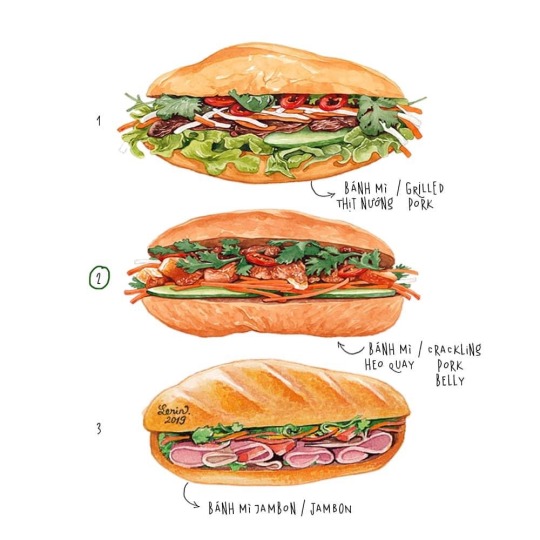
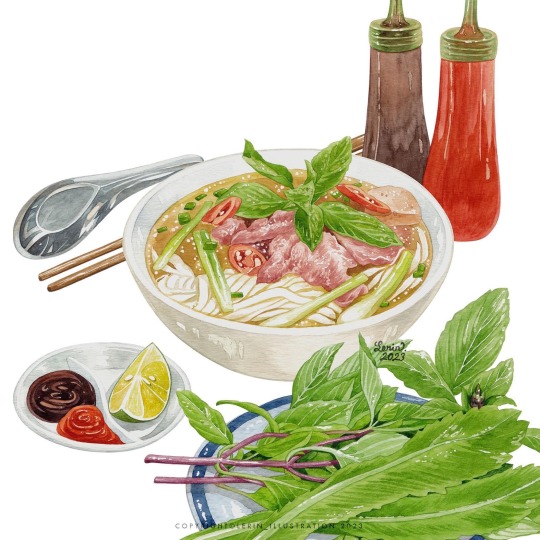
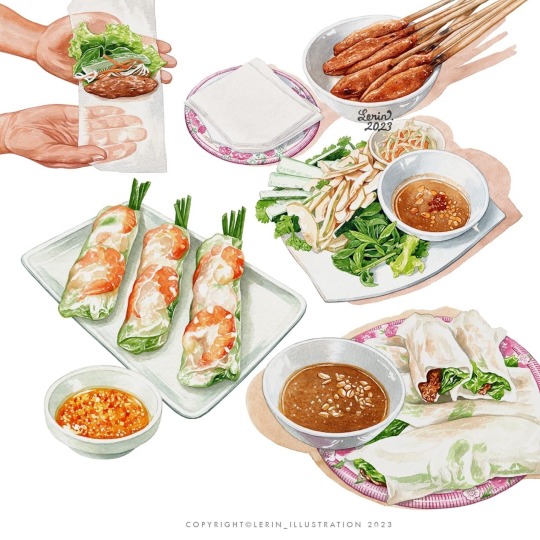
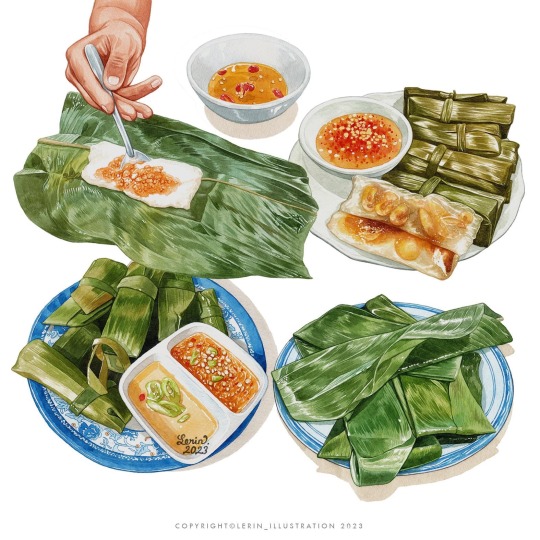

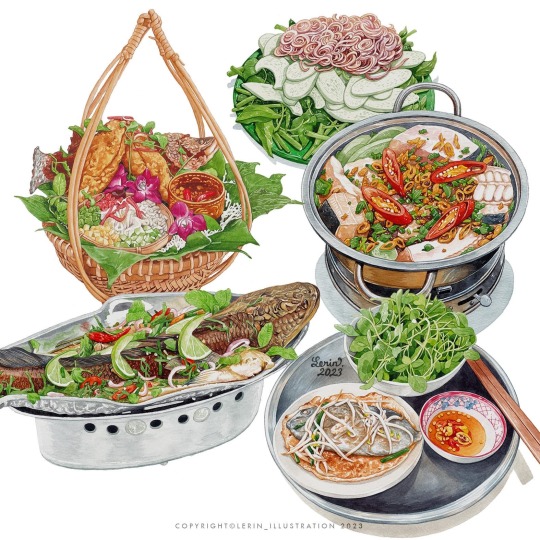
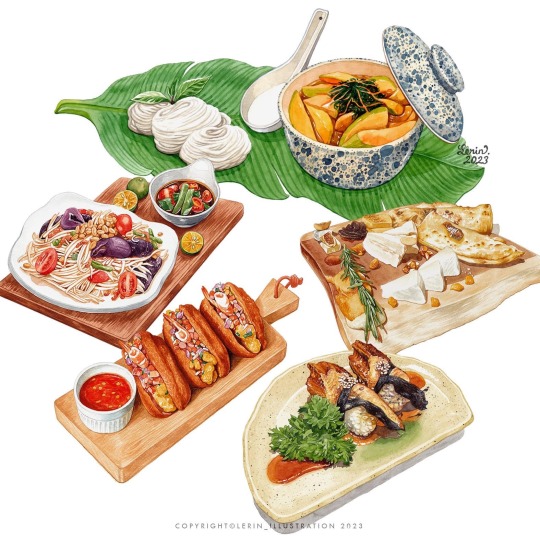
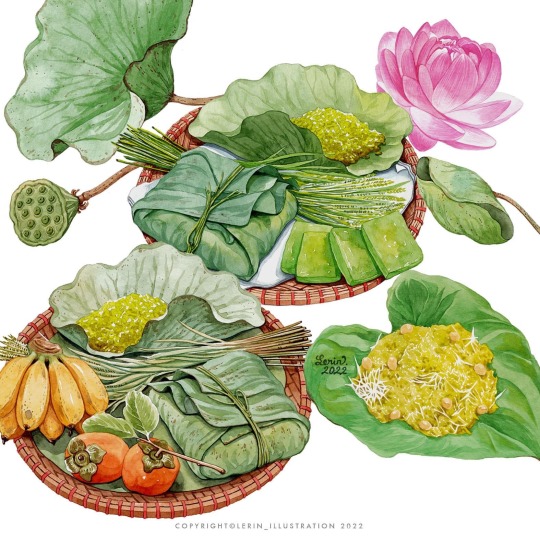
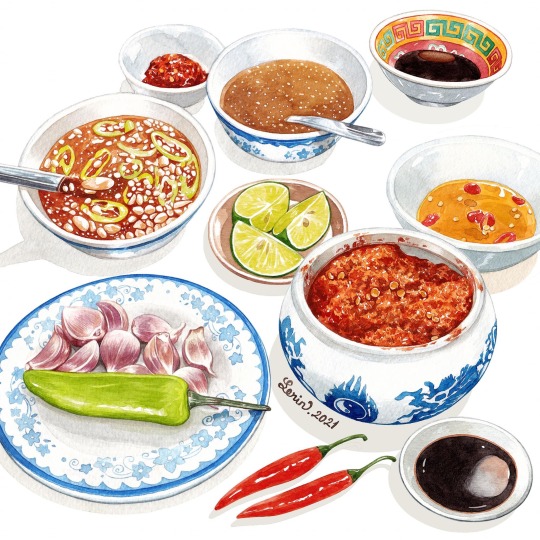
Illustrations of Vietnamese food. Credit to Le Rin.
#vietnam#vietnamese#culture#travel destinations#cuisine#vietnamese food#asian food#illustration#food illustration#digital art#artwork#art#banh mi#lunar new year#spring rolls#rice cakes#condiments#hot pot#hanoi#hue vietnam#saigon#digital painting#paintings#painting#drawing#digital sketch#watercolour sketch#sketch#healthy food#looks tasty
4K notes
·
View notes
Note
Can you tell me some cheeses? I need to broaden my grilled cheese horizons
The following cheeses have been approved for use in grilled cheese sandwiches by the American Cheesiological Society:
Cheddar
Mozzarella
Colby
Monterey Jack
Pepper Jack
John Jacob Jingleheimer Jack
Camembert
Swiss
Gouda
The following cheeses are not recommended for use in grilled cheese sandwiches by the American Cheesiological Society:
Blue
Cottage
Cream
Feta
Limburger
Parmesan
Stilton
Sub-Stilton
Anti-Stilton
The following cheeses have been deemed critically dangerous for use in grilled cheese sandwiches by the American Cheesiological Society:
Casu Martzu
Terminus Brie
Muenster
Do not under any circumstances attempt to grill these cheeses, as doing so may result in death, mass hysteria, plague, war, the summoning of occult beasts, false-vacuum decay events, deicide, and/or muenstral cramps.
962 notes
·
View notes
Text
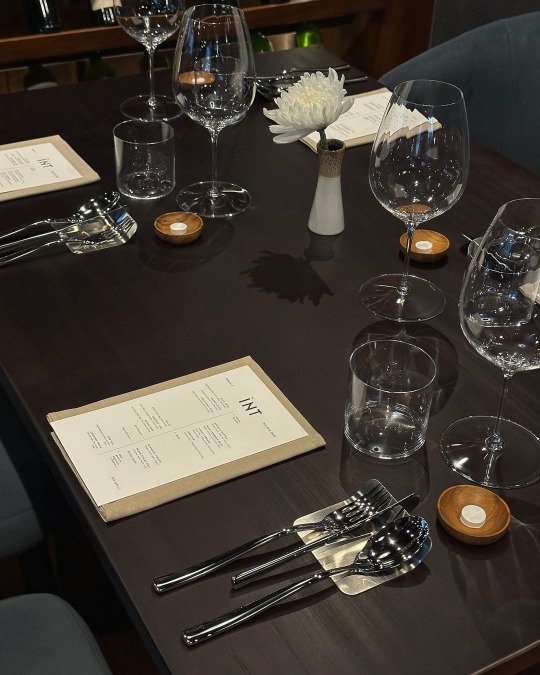

"Your table is ready, Miss"
#luxury aesthetic#billionaire#level up#millionaire#boss#glow up#luxury#girl boss aesthetic#self care#self love#resturant#fine dining#cuisine#women in luxury#black women in luxury#high value woman#that girl#rich aesthetic#rich girl#rich life#rich#money#millionaire lifestyle#luxury lifestyle
352 notes
·
View notes
Text
America was founded because someone pickled onions by putting them in a jar with coke and potato chips and someone else painted it.
435 notes
·
View notes
Text

"Life is fucking good. I look at a map and decide where I want to go. I don't know what my job is, but I like it."
-Anthony Bourdain.
Photograph published in the Vancouver Sun, 2006
#anthony bourdain#old school cool#aesthetic#travel#adventure#food#cuisine#beach vibes#vintage#chef#traveler
858 notes
·
View notes
Text

INTÉRIEURS
www.interieursmerveilleux.tumblr.com
#home & lifestyle#interiors#fauteuil#residence#villa#cuisine#casa#mid centruy modern#house#maison#mansion#home#salle de bain#manor#homedecor#kitchen#immeuble#apartment
237 notes
·
View notes
Text
If you were to ever dip into the book and pay close attention to the recipes — you’d realise that most of them do not need oil. Why is that? Because, Dalits could not afford oil, and that is why we have dishes such as the steamed mutke, which is made out of jowar, garlic and coriander. Instead of oil we used beef fat. Then, there is the famous Maharashtrian dish, the rich puran poli, but the Mangs used to substitute ghee with butter milk for obvious reasons. Reading about some of the other dishes in the book would amuse someone with a sense of irony. For instance, we have been having a sort of blood pudding for ages. Lakuti is essentially cow/buffalo/bullock blood that is generally infused with a fiery masala called yesur and then boiled. We have also been practising ‘nose to tail eating’ for years. In fact, fashi, a dish made out of the epiglottis of a cow/bullock has long been a delicacy among Dalits in Marathwada. I believe foraging is the new trend in the West, and there are restaurants that take great pride in having foraged food as part of their menu. But again, centuries of deprivation made expert foragers out of us — wild leafy vegetables, bee larvae and pumpkin leaves were for a long time a part of our diet.
626 notes
·
View notes
Text
#food#rice#animeomelette poll#poll#cuisine#foods#rices#cuisines#demographic#demographics#tumblr demographic#tumblr demographics#staple#staple food#staple foods#cereal#cereal grain#cereal grains#cereals#staples#grains#grass seed#grass seeds#seed#seeds#meal#meals#cooking#oryza
199 notes
·
View notes
Text





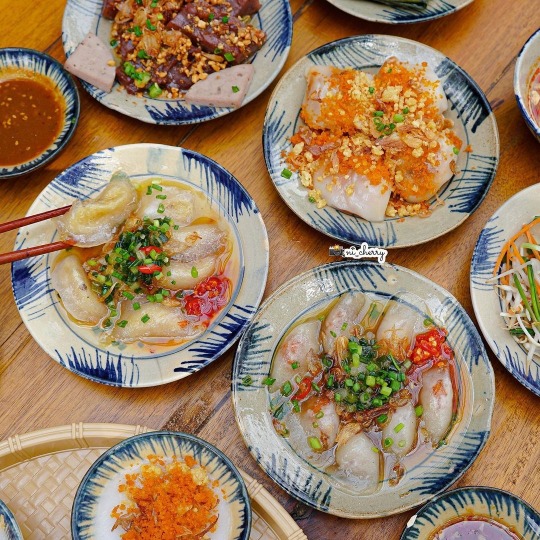
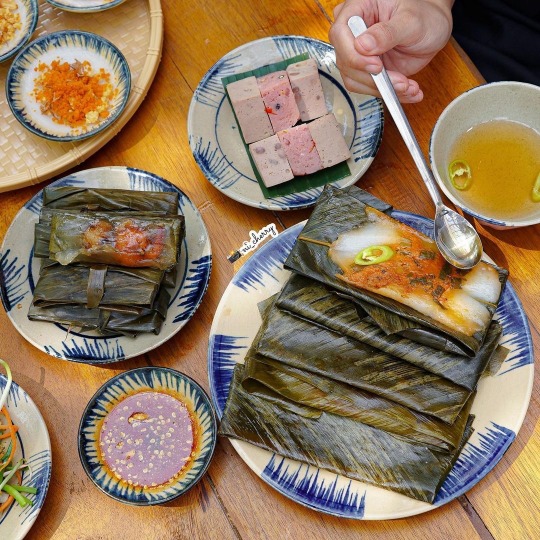

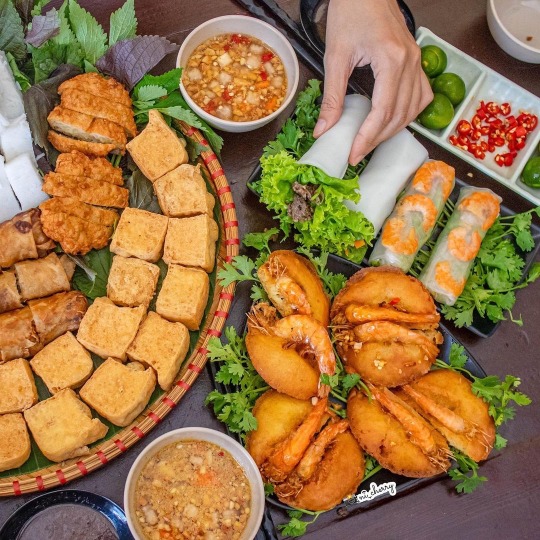

Vietnamese dishes from different regional cuisine: bánh xèo (Southern), bánh bột lọc (Central), bún đậu mắm tôm (Northern). Credit to ni_cherry (Instagram).
#vietnam#vietnamese#culture#travel destinations#travel#cuisine#vietnamese food#food and drink#asian food#snack food#street food#food photography#food#foodie#foodpics#foodphotography#foodlover#healthy food
665 notes
·
View notes
Text
Desserts in China
There's quite a large variety of treats and desserts in China (more than you can imagine), so here are some of the most common ones!
Almond jelly/tofu - 杏仁豆腐 - xìngréndòufu
Despite the name, almond jelly doesn't actually have almonds in it. Almond jelly is made from gelatin and almond milk, although some recepies use dairy milk instead.
Glutinous rice balls - 汤圆 - tāngyuán
These rice balls are made from glutinous rice balls with a sweet filling, such as red bean paste (a pretty popular filling in desserts, I've been fooled more than once when purchasing what I assumed to be a chocolate filled pastry).
Red bean buns - 豆沙包 - dòushābāo
One of my favorite desserts so far. These are steamed buns with a sweet red bean paste filling that I'd definitely recommend.

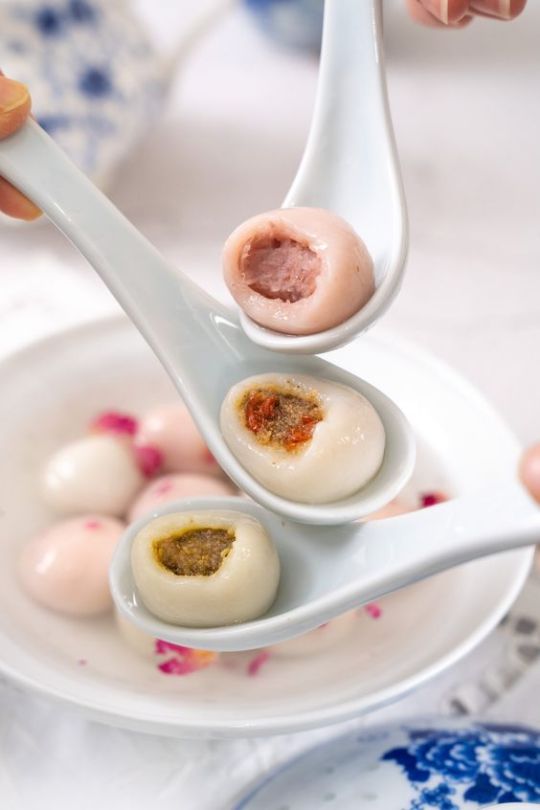
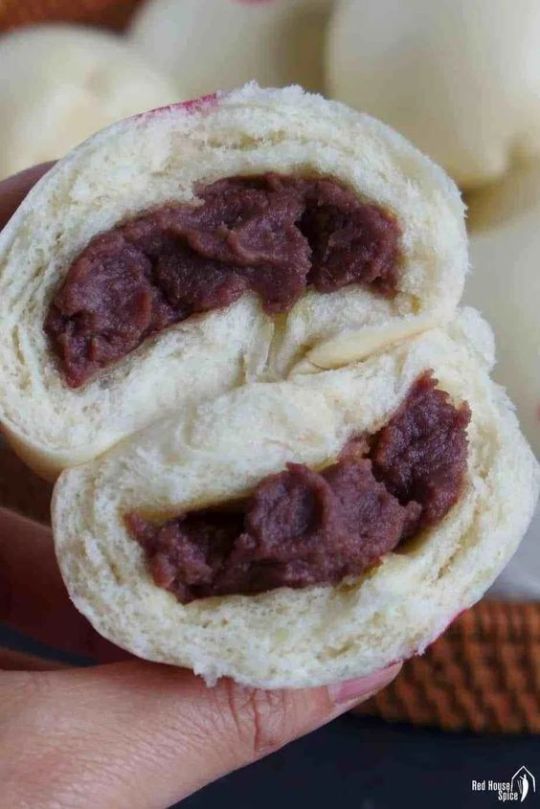
Egg custard bun - 流沙包 - liúshābāo
A sweet and savory bun, with a lava-like egg yolk filling. A pretty interesting dessert, as it's both sweet and savory.
Pumpkin cake - 南瓜饼 - nánguābǐng
I haven't tried this yet, but it definitely looks good. A fried and crunchy cake with a sweet filling such as red bean paste.
Eight treasure rice pudding - 八宝饭 -bābǎofàn
This is a pretty popular dessert, especially during the Lunar New Year. It gets this name becase of the toppings, which are eight or more different types of dried fruits and nuts arranged on top of the sweet rice, with (once again) red bean paste.
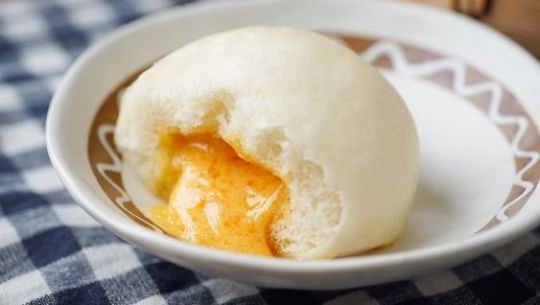
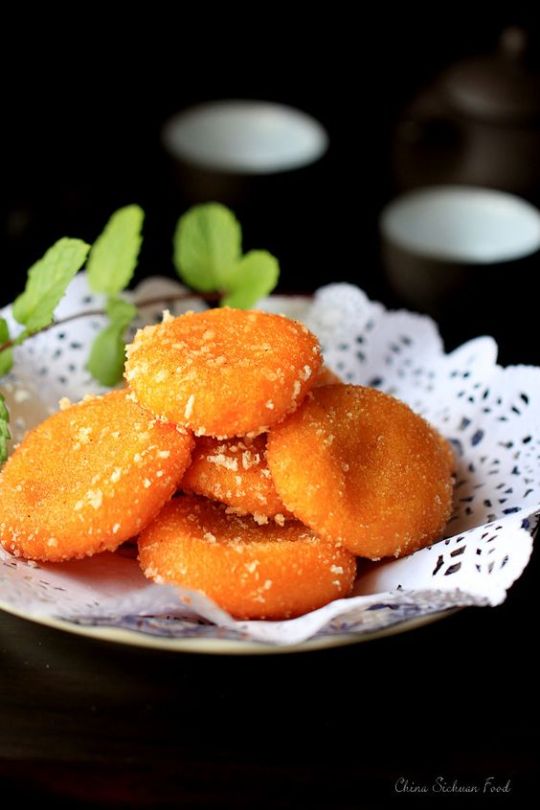
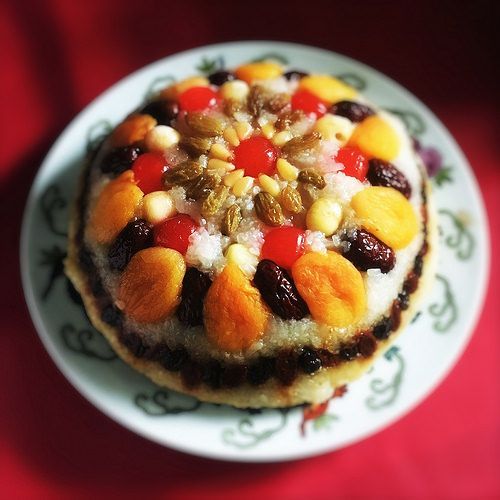
Hawthorn stick/ Candied Haws/ Sugar coated haws/ Bingtanghulu - 冰糖葫芦 - bīngtánghúlu
This treat has quite a few translations and you may have probably already seen it. This is basically candied fruit covered with a sweet, crunchy and sugary syrup. Traditionally, Hawthorn is used but other fruits such as grapes, strawberries and oranges are also popular options.
Sachima - 沙琪玛 - shāqímǎ
I haven't tried this snack yet, but it looks quite fascinating. Sachima is made from fried batter stuck together with a sugary syrup, with an interesting texture.
Sesame balls - 芝麻球 - zhīmaqiú
Similar to the rice glutinous balls, this treat is also made from glutinous rice flour with varying fillings including lotus seeds, mung bean and red beans, and sesame seeds.
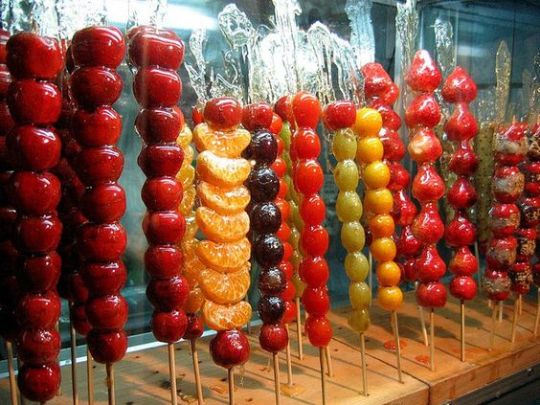

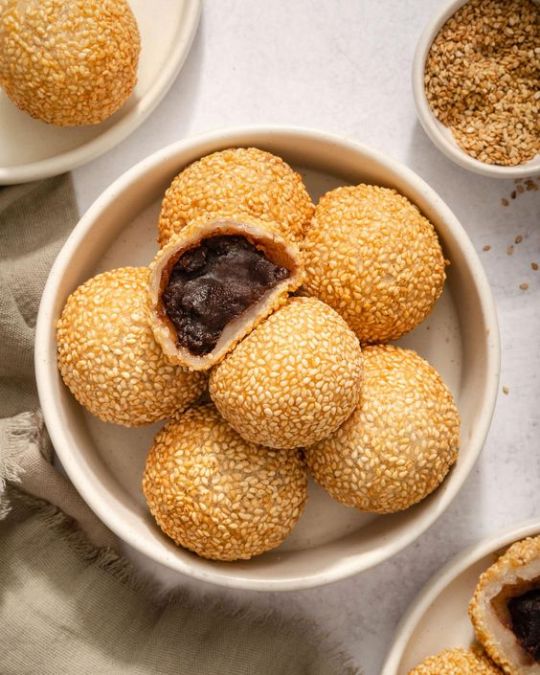
Water chestnut cake
A sweet pan-fried cake made from chinese water chestnut, with a unique semi-transparent appearance.
Wintermelon puff/ Wife cake/ Sweetheartcake - 老婆餅 - lǎopóbǐng
This cake has many names, mainly because it has several different origin stories, each more fascinating than the next. This dessert is a flaky pastry with wintermelon, almond (not red bean this time!) paste and sesame filling.
Fortune cake - 发糕 - fāgāo
Not a fortune cookie! This is a spongy steamed cupcake cake
commonly made for the New Lunar Year celebrations and occasionally other events. They're usually a white-ish or brown-ish color, but they're often dyed bright colors to add extra festivity.


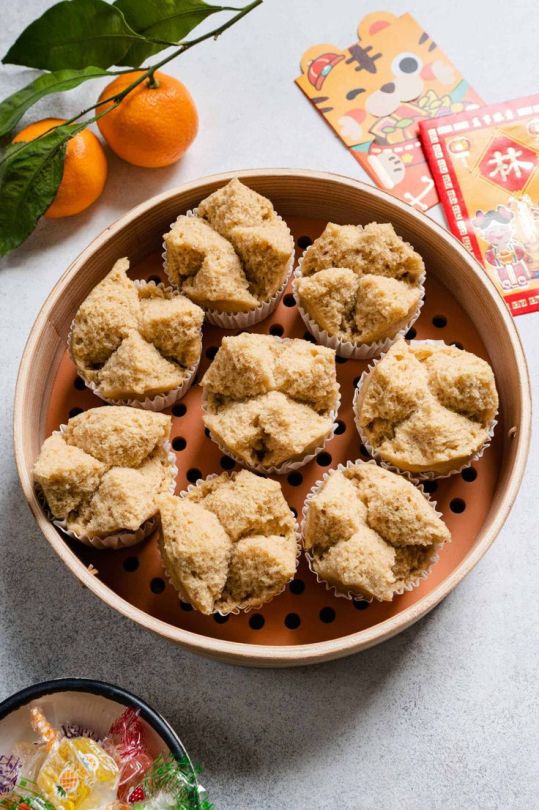
Mooncake - 月饼 - yuèbǐng
This is a pretty well-known dessert, commonly prepared for the Mid-Autumn Festival. Mooncakes are smallish steamd/fried (depends on the region) cakes with a sweet filling that can also sometimes have an egg yolk inside.
Osmanthus cake - 桂花糕 - guìhuāgāo
This is a unique traditional pastry made from glutinous rice flour, honey and osmanthus. This cake has a really interesting texture, as it's quite dense but also airy in a way? I'd definitely recommend trying it, as it's not super sweet and goes really well with tea.
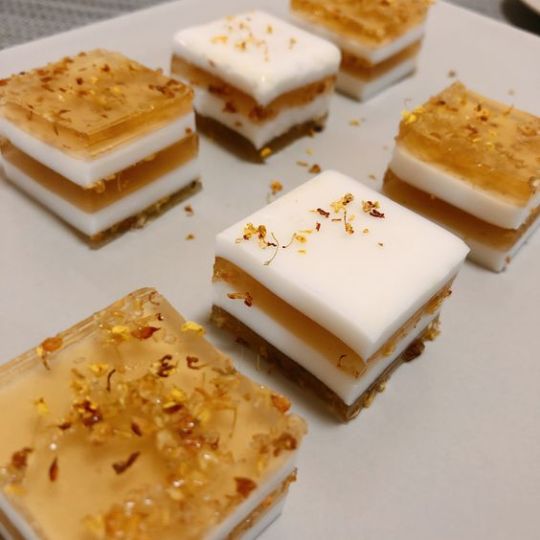

#chinese food#studyblr#college life#student life#study blog#life in china#aesthetic#student#study motivation#travel blog#china#study in china#college#slavic roots western mind#asia#chinese#asian food#baozi#bao#cuisine#food#foodpics#red bean bun#red bean paste#almond jelly#rice balls#chinese dessert#chinese sweets#asian desserts#asian dessert
175 notes
·
View notes
Text
Look what Google just recommended to me!!!!
I already own (and love) Shabbat and Portico.
But I am OBSESSED with the rest and must acquire them immediately.
Top of my list is Love Japan because LOOK AT THIS BEAUITFUL BOWL OF MATZO BALL RAMEN!!!!!
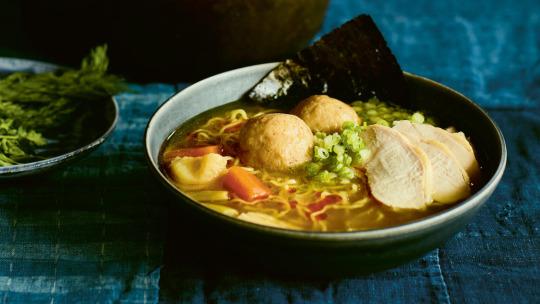
We hear a lot about Jewish people in Europe and MENA, but we do not hear a lot about Jewish culture as it blends with East Asian cultures, and that’s a shame. Not just because it erases the centuries of Jewish populations there, but also because there are plenty of people of mixed decent. People who may not have come directly from Jewish communities in East Asia, but people who have a Japanese Father and a Jewish Mother, for example. Or people in intercultural marriages. These are all real and valuable members of the Jewish community, and we should be celebrating them more. This cookbook focuses on Jewish Japanese American cuisine and I am delighted to learn more as soon as possible. The people who wrote this book run the restaurant Shalom Japan, which is the most adorable name I’ve ever heard. Everything about this book excites and delights me.
And of course, after that, I’m most interested in “Kugels and Collards” (as if you had any doubts about that after the #kugel discourse, if you were following me then).

This is actually written in conjunction with an organization of the same name devoted to preserving the food and culture of Jews in South Carolina!
I’m especially excited to read this one, because I have recently acquired the book Kosher Soul by the fantastic, inimitable Michael J. Twitty, which famously explores faith and food in African American Jewish culture. I’m excited to see how Jewish soul food and traditions in South Carolina specifically compare and contrast with Twitty’s writings.
I’m also excited for all the other books on this list!
A while ago, someone inboxed me privately to ask what I recommended for people to read in order to learn more about Jewish culture. I wrote out a long list of historical resources attempting to cover all the intricate details and historic pressure points that molded Jewish culture into what it is today. After a while I wrote back a second message that was much shorter. I said:
Actually, no. Scratch everything I just said. Read that other stuff if you want to know Jewish history.
But if you want to know Jewish culture? Cookbooks.
Read every Jewish cookbook you can find.
Even if you don’t cook, Jewish cookbooks contain our culture in a tangible form. They often explain not only the physical processes by which we make our meals, but also the culture and conditions that give rise to them. The food is often linked to specific times and places and events in diaspora. Or they explain the biblical root or the meaning behind the holidays associated with a given food.
I cannot speak for all Jews. No one can. But in my personal observation and experience—outside of actual religious tradition—food has often been the primary means of passing Jewish culture and history from generation to generation.
It is a way to commune with our ancestors. I made a recipe for chicken soup or stuffed cabbage and I know that my great grandmother and her own mother in their little Hungarian shtetl. I’ll never know the relatives of theirs who died in the Holocaust and I’ll never meet the cousins I should have had if they were allowed to live. But I can make the same food and know that their mother also made it for them. I have dishes I make that connect me to my lost ancestors in France and Mongolia and Russia and Latvia and Lithuania and, yes, Israel—where my relatives have lived continuously since the Roman occupation even after the expulsions. (They were Levites and Cohens and caretakers of synagogues and tradition and we have a pretty detailed family tree of their presence going back quite a long time. No idea how they managed to stay/hide for so long. That info is lost to history.)
I think there’s a strong tendency—aided by modern recipe bloggers—to view anything besides the actual recipe and procedures as fluff. There is an urge for many people to press “jump to recipe” and just start cooking. And I get that. We are all busy and when we want to make dinner we just want to make dinner.
But if your goal isn’t just to make dinner. If your goal is to actually develop an understanding of and empathy for Jewish people and our culture, then that’s my advice:
Read cookbooks.
#Judaism son#Jewish culture#Jewish cuisine#culinary tradition#culinary history#foodways#cultural preservation#tangible culture#jumblr#Judaism#food#cuisine#kugel discourse#Jewish joy#jewish positivity#Jews around the world#East Asian Jews
148 notes
·
View notes
